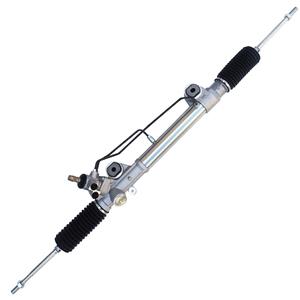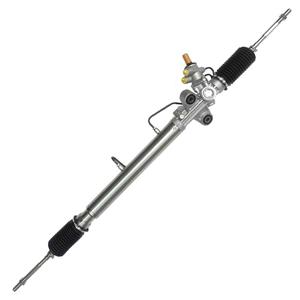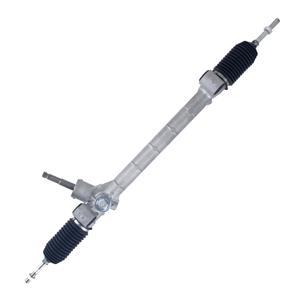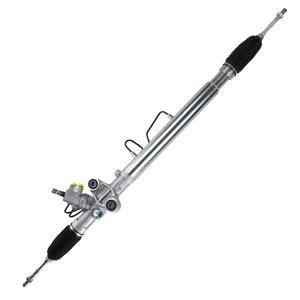-
If the steering rack leaks seriously, the owner may find obvious oil traces under the vehicle or near the steering rack. These oil traces are usually light yellow or amber in color and have a certain viscosity.
-
Based on the above-mentioned steering systems, the most advanced steering system is undoubtedly the steering-by-wire system (Steer-by-Wire, SbW). The steer-by-wire system is a fully electronic steering system that does not rely on mechanical connections.
-
2409-2024
What powers hydraulic power steering?
The most direct power source for a hydraulic power steering system is the vehicle's engine. When the engine is started and running, the engine drives the hydraulic pump through a belt. Typically, the hydraulic pump is connected to the engine's belt drive system.
-
The hydraulic pump is the core component of the hydraulic power steering system, which provides power assistance by pressurizing hydraulic oil. If the hydraulic pump fails, such as internal wear or insufficient pressure, the hydraulic system will not work effectively.
-
New energy vehicles, especially pure electric vehicles, usually choose electric power steering systems when designing their power steering systems. The main reasons are as follows: Energy matching of electric power steering systems Efficient energy use Simple structure and high reliability
-
When the power steering fluid is insufficient, air may be mixed into the hydraulic system, causing the hydraulic pump to make abnormal noises when it is running. These noises are usually manifested as sharp hissing or whistling sounds, which are more obvious when turning the steering wheel.
-
Hydraulic power steering rack (HPS Rack) is the most common type of steering system in traditional fuel vehicles. Its core is to provide steering assistance through hydraulic pressure. This rack usually works with a hydraulic pump, oil pipe, valve and hydraulic oil tank.
-
For those car fans who pursue the purest and most direct driving feeling, the mechanical steering system is undoubtedly the best choice. It provides the most realistic road feedback and control feeling, and is suitable for sports driving with high requirements on road conditions.
-
Most standard auto insurance policies do not cover the natural wear and tear or mechanical failure of the rack and pinion due to long-term use. This type of damage is usually considered the owner's responsibility and needs to be repaired at their own expense.
-
Causes of rack and pinion damage: Vehicle wear and aging Inadequate lubrication of the rack and pinion Failure of the hydraulic system (in hydraulic steering racks) Improper driving habits External shocks and damage
